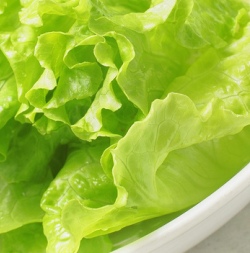The seeds grown for our food were earlier in the hands of
farmers and public-sector plant breeders. Today, however, for an increasing
amount of seeds the first link in our food chain is controlled by a handful of
multinational corporations. Still there are a number of farmers who save their
own seeds and many backyard vegetable gardeners and communities are also
following different techniques to secure seeds and a future for food outside of
corporate control.
The national agricultural research systems (NARS) come
forward to solve farmer’s problems. The use of participatory rapid appraisal
surveys (PRAS) by both NARS and the extension services have highlighted issues
and farming practices previously unknown or considered not worth bothering
about. They highlight farmer resourcefulness which should be harnessed to
provide possibilities to develop more efficient technology.
The seed bank proper comprises
several major components: a seed store, a germplasm repository, a herbarium and
a documentation section for holding records and information on local and
scientific knowledge, and an administrative and records unit. The seed store
represents a seed reserve system consisting largely of local varieties,
including those enhanced and/or selected and multiplied on-farm through either
participatory plant breeding (PPB) and/or participatory variety selection
(PVS), as well as locally adapted and adopted introductions obtained by way of
exchange or from various other sources.
The disappearance of
biodiversity and seed sovereignty creates a major crisis for agriculture and
food security, corporations are pushing governments to use public money to
destroy the public seed supply and replace it with unreliable non-renewable, patented
seed which must be bought each and every year
For more information visit this http://www.seedbuzz.com/knowledge-center/article/seed-sos








